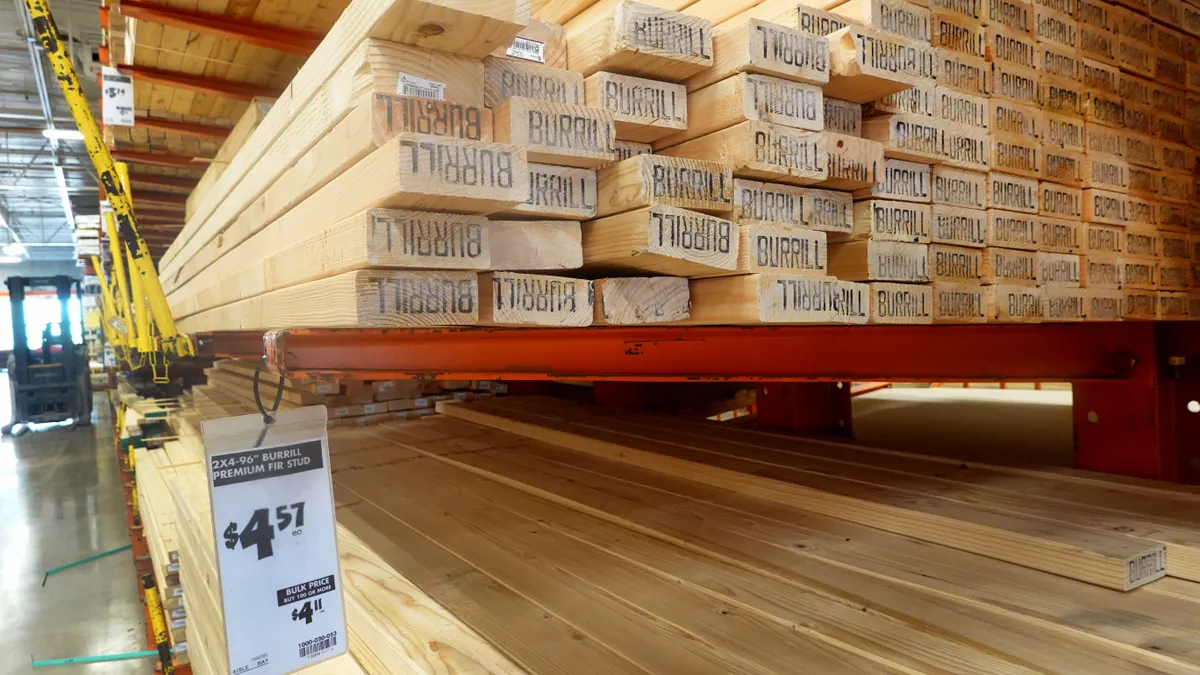In an industry built on handshake agreements, recent generations of contractors have stuck to familiar "wet ink" signatures on white paper contracts. Although electronic signatures have been legal and enforceable for over 20 years, it is not surprising the construction industry (like many others) has been slow to adapt. But now, with corporate innovation initiatives driving digital transformation, companies are seeking to remove paper from their processes and digitize everything—to increase efficiencies, reduce errors and ultimately remain competitive. E-signatures are quickly becoming the norm for construction contracts and project documents, and contractors who fail to adopt e-signature technologies face falling behind the times. In today's environment, any perceived risk of adopting e-signature solutions is far outweighed by the risk of not.
General contractors and construction managers, both of whom have integral roles in contract administration and project management, appear to be leading the implementation of e-signature technologies. E-signatures address the most difficult aspects of contract and document management by increasing the speed of execution, enhancing security and streamlining workflows.
Speed
Before e-signatures, companies were laden with paper-document inefficiencies. Contractors were hindered in executing subcontracts and purchase orders in the bidding/estimating process and delayed while finalizing change orders during construction. E-signatures are far more efficient and convenient than traditional methods. Even at fundamental levels—a person's name typed onto an electronic document or a digitized image of a handwritten signature—it is easy to recognize the convenience of e-signatures as opposed to wet ink signatures. And more advanced levels—e-signing platforms that incorporate cryptographic digital signature processes—speed up the process even more. Companies are able to drastically reduce the time it takes to finalize contracts and change orders from weeks to less than a day.
Security
E-signatures are more secure than traditional signatures and paper in many ways. While wet ink signatures carry a risk of forgery and fraud and paper documents are easily misplaced or lost, an e-signed contract or project document is legally equivalent to the same agreement or document printed out and signed by hand, and electronic solutions offer added levels of security—both to access the document and to sign it. For example, a common option is to require a signatory to enter a unique code provided through a secure channel in order to access a document in which a private "key" is generated to allow only the proper parties to sign the documents. These solutions also have authentication options including email verification, phone or SMS verification and knowledge-based authentication (with optional image capture), which provide companies an opportunity to mitigate risk while maintaining the ease and efficiency of e-signatures. These solutions also avoid the potential for documents to be misplaced or lost and provide an audit trail of each signer. The law's broad definition of e-signatures allows contractors to tailor their electronic contracting method to fit their desired level of security.
Streamline
E-signature platforms are transforming the way construction projects are managed by streamlining business practices and accelerating workflow processes. Companies can integrate multiple systems into a centralized location where signed documents are stored and easily searched, eliminating the need for paper documentation (or storage rooms of bankers boxes), and these platforms can accommodate voluminous contract documents, which often include hundreds of pages of conditions and technical specifications. Companies can streamline workflows by embedding e-signing and other functions into existing documents, websites, portals and applications; these platforms can be fully integrated into traditional project management software and programs, effectively eliminating all paper-based workflows for all processes, including proposals, purchase orders, subcontracts, change orders, RFIs and submittals.
The construction industry is moving away from the contracting methods of yesteryear. Even as companies return to offices and job trailers, wet ink signatures on white paper will become even more a thing of the past. E-signatures on digital documents are the present and future in the industry. For a rapidly growing number of contractors, implementation of an e-signature solution provides a very positive risk-to-reward experience.










